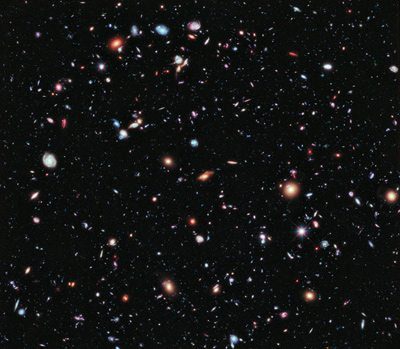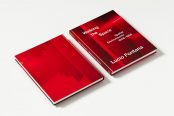[dropcap style=”font-size:100px; color:#992211;”]’They[/dropcap] were all purple, and yellow, and red. The most beautiful skies.’
Or the sickly orange glow of sodium lighting against low-lying smog? Light pollution levels of American cities versus German ones. You can probably guess which one is more profligate.
German cities emit several times less light per capita than comparably sized American cities, according to a recent publication in the journal Remote Sensing. The size of the gap grew with city size, as light per capita increased with city size in the USA but decreased with city size in Germany. The study also examined regional differences, and surprisingly found that light emission per capita was higher in cities in the former East of Germany than from those in the former West.
The lead author, Dr. Christopher Kyba, studies visible light at night as a member of the Remote Sensing section of the German Research Center for Geosciences (GFZ). “The size of the difference in light emission is surprisingly large. This work will allow us to identify comparable cities in order to uncover the reasons behind the differences.” These could include differences in the type of lamps, but also architectural factors like the width of the streets and the amount of trees. The LED lamps currently being installed in many cities are expected to greatly change the nighttime environment, for example by reducing the amount of light that shines upwards.
A main point of the study is to emphasize the great improvement in the quality of nighttime imagery of Earth since 2012. The European Space Agency’s NightPod instrument has allowed astronauts to take high resolution images of individual cities. In addition, the entire world is now imaged nightly at 750 meter resolution by the Visible Infrared Imaging Radiometer Suite Day-Night Band onboard the Suomi  National Polar-Orbiting Program weather satellite. This new imagery has made it possible to identify and measure the output of individual bright sources of light pollution for the first time. The study found that in Megacities in developing countries, the brightest light sources were typically airports or harbors. In contrast, the brightest areas in the capital cities of Europe are often associated with leisure, for example stadiums and city centers.
National Polar-Orbiting Program weather satellite. This new imagery has made it possible to identify and measure the output of individual bright sources of light pollution for the first time. The study found that in Megacities in developing countries, the brightest light sources were typically airports or harbors. In contrast, the brightest areas in the capital cities of Europe are often associated with leisure, for example stadiums and city centers.
While artificial light at night is a problem for astronomers and nocturnal animals, it has the potential to be an important tool in understanding human activity. In order to make the most use out of it, the researchers say they will need to study urban light emissions in detail, including their spectrum, the directions in which light is emitted, and changes in light use and lit area over time.
The study demonstrated one practical use of the new data: since maps of nighttime light emission highlight the areas where light pollution is especially prevalent, they provide information about which areas can best be targeted for energy savings. Coauthor Dr. Franz Hölker from the Leibniz Institute for Freshwater Ecology and Inland Fisheries (IGB) explains, “artificial light is responsible for a sizable portion of all nighttime electricity consumption. Identifying areas where light could be more efficiently used will make it possible to save energy, reduce costs, and reduce the impact of artificial light on the nighttime environment.”
Source: GFZ GeoForschungsZentrum Potsdam, Helmholtz Centre
Photo: NASA/ESA

Some of the news that we find inspiring, diverting, wrong or so very right.



















